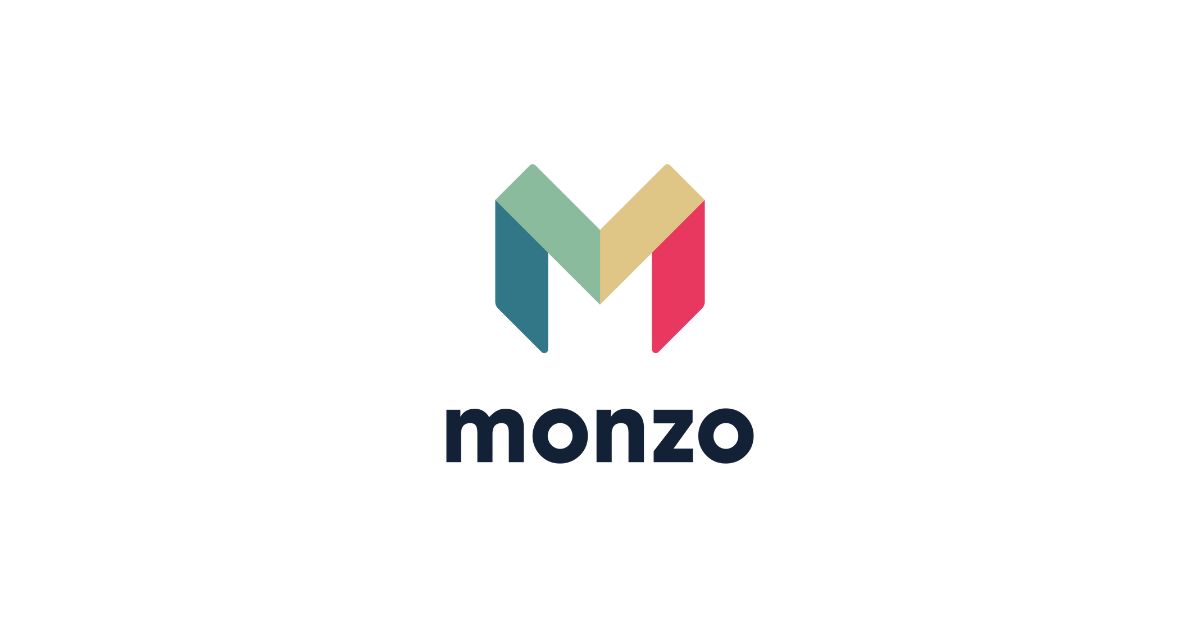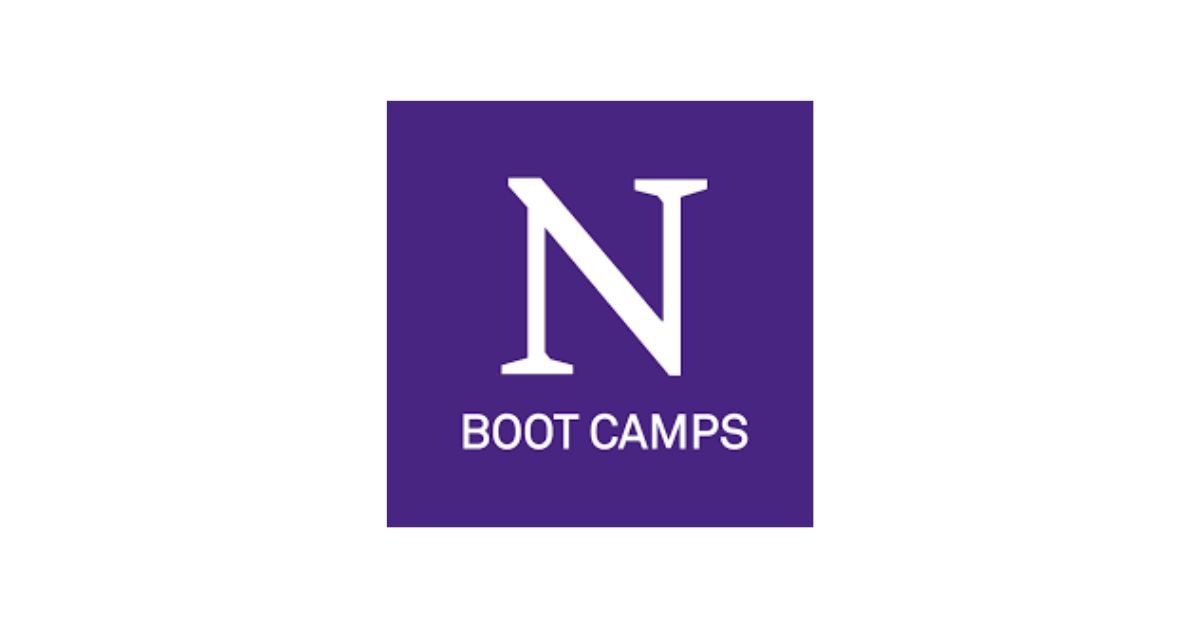How is Payment Orchestration Acting As Game Changer?

In a world where digital transactions are rapidly becoming the norm, the importance of efficient payment processing cannot be overlooked. Payment orchestration has emerged as a critical solution that enables businesses to streamline their payment processes. By integrating various payment services, this approach simplifies the transaction experience for both companies and consumers. The role of payment orchestration is to act as a mediator that optimizes the transaction journey.
The innovation brought about by payment orchestration platforms is indispensable in addressing the growing challenge of payment fragmentation. As businesses expand to new markets and incorporate a wider array of payment methods to accommodate customer preferences, the payment landscape becomes increasingly complex. Payment orchestration effectively consolidates different payment processes, which allows for a transparent and coherent payment strategy that can lead to better financial control and oversight for businesses.
Moreover, the agility provided by payment orchestration is crucial in today’s fast-paced commerce environment. It not only connects and manages traditional payment systems but also integrates emerging technologies and payment channels. This allows businesses to adapt swiftly to market changes and consumer trends, thereby maintaining a competitive edge. The deployment of payment orchestration tools thus represents a strategic investment for businesses aiming to enhance their operational capabilities and prepare for future advancements in the payment sector.
Why Is Payment Orchestration Important?
As the online marketplace grows, businesses face the challenge of offering diverse payment options without complicating the checkout process. Payment orchestration allows for a harmonized payment experience, ensuring customers can pay how they want without any friction. This leads to increased satisfaction and potentially higher conversion rates for businesses. Moreover, in a climate where payment fraud risk is escalating, payment orchestration ensures that transactions are not only diverse but also secure, protecting both consumer data and business reputation.
Furthermore, payment orchestration simplifies the reconciliation process for merchants. Today’s businesses are looking for ways to minimize the administrative burden associated with financial operations. By employing a sophisticated payment orchestration platform, companies can automatically reconcile payments, reducing manual efforts and the possibility of human error. This operational efficiency is essential for businesses scaling up and tackling a larger volume of transactions.
To compete in a global marketplace, businesses must adapt to various international payment methods and currencies. Payment orchestration provides the flexibility to easily integrate with new payment methods and expand into new markets without the typical complications of cross-border commerce. It offers a centralized management system for all transactions, regardless of currency or payment type, which is why payment orchestration is a vital component for businesses aiming for international growth.
How Does It Work?
At its core, payment orchestration involves a centralized platform that connects various payment gateways and methods. This platform manages the transaction flow, allowing for real-time decisions on the best payment routes, reducing costs, and improving success rates. The automation of these processes significantly reduces the time and effort required to manage payments manually.
The operation of payment orchestration hinges on the principle of integration and agility. By interfacing with multiple payment service providers, the system can swiftly switch between them based on predefined rules or performance metrics. For instance, if one gateway is experiencing delays, the orchestrator can detect this and reroute transactions through another, more efficient service, minimizing downtime and failed transactions.
Moreover, payment orchestration platforms are designed with adaptability in mind, able to incorporate new payment methods as they become available. This ensures that businesses remain at the forefront of e-commerce by accommodating emerging trends like mobile payments, digital wallets, and even cryptocurrencies. Always keeping the customer’s experience in mind, these systems strive to process payments with the utmost efficiency and reliability.
What Are Payment Orchestrators Responsible For?
- Maintaining an agile payment system that adapts to different geographies and currencies.
- Providing reliable security measures to protect sensitive payment information.
- Facilitating quick resolution of payment issues for continuous transaction flow.
Keeping up with a fast-paced global economy, payment orchestrators are accountable for the smooth operation of payment systems across multiple platforms. They integrate and harmonize various payment services, enabling transactions in a multitude of currencies and taking into account the diverse payment preferences of a global audience. By doing so, they enable businesses to reach customers worldwide without the added complexity of managing multiple payment systems.
Furthermore, in an age where data breaches are a significant concern, the role of payment orchestrators expands to encompass the safeguarding of consumer data. They are tasked with the implementation of cutting-edge security protocols and encryption techniques. This ensures that each transaction is not only processed smoothly but also remains secure from potential threats, thereby maintaining consumer trust and upholding the integrity of the businesses they serve.
Another critical responsibility is the ability to address and resolve payment issues swiftly. This includes managing transaction failures and providing alternative solutions to ensure minimal disruption in the payment process. By effectively handling these challenges, payment orchestrators aid in maintaining a seamless flow of transactions, which is vital for the continuity of business operations and for delivering a positive user experience.
The Current State of Payment Orchestration
The landscape of payment orchestration is characterized by rapid growth, as more businesses recognize the need for streamlined payment systems. Increasing demand for better user experiences and global commerce expansion are driving innovation within the field. Companies are turning to payment orchestrators to stay competitive in the digital market. As the number of online transactions escalates, the necessity for versatile and efficient payment platforms has become more evident. This has led to a surge in the development and deployment of payment orchestration platforms by businesses seeking to improve their transaction processes.
Today’s market environment dictates that businesses not only offer multiple payment options but also ensure that their payment infrastructure is both resilient and adaptive. The development in payment orchestration is focused on meeting these requirements, by facilitating smoother integrations with new payment methods and ensuring that the backend processes remain transparent to the end-user. The sophistication of payment orchestration tools has now reached a point where they can provide valuable analytics and insights, enabling merchants to make data-driven decisions for their payment strategies.
Moreover, the ever-shifting regulatory landscape poses continuous challenges for businesses in terms of compliance and security. Payment orchestration platforms are increasingly engineered to tackle these challenges head-on, providing businesses with the security and compliance assurances they need to operate confidently across international markets. As payment orchestration continues to evolve, it consistently adapts to the newest regulations and standards, safeguarding businesses and their customers from potential threats and penalties associated with non-compliance.
The Benefits of Payment Orchestration
One of the primary advantages of payment orchestration is the way it optimizes transaction success rates. The dynamic routing feature ensures that transactions are automatically directed through the most efficient pathways, reducing the likelihood of failed payments.
Additionally, payment orchestration contributes to financial savings for businesses. It achieves this by selecting the most cost-effective payment methods on a case-by-case basis, considering factors like transaction size, currency, and location. This intelligence-driven approach helps minimize processing fees and maximizes profitability.
Perhaps one of the most noticeable benefits to end-users is the improvement in the customer experience. Payment orchestration often leads to a simplified and more intuitive checkout process. Customers appreciate the seamless nature of transactions, fostering trust and encouraging repeat business. Simplified checkouts and the integration of various payment options into a single, unified system relieve customers of the complexities that would otherwise be present in a non-orchestrated environment.
Moreover, the strategic implementation of payment orchestration can lead to a more scalable payment infrastructure. As businesses grow and enter new markets, the orchestrated payment system is well-positioned to adjust to new payment methods and currencies quickly. This scalability is crucial for businesses aiming to expand their operations on a global scale without encountering payment barriers.
Furthermore, payment orchestration platforms are equipped with analytics and reporting tools that give businesses valuable insights into their transactions. Understanding payment data can help businesses make informed decisions, personalize customer payment experiences, and identify opportunities for further optimization.









